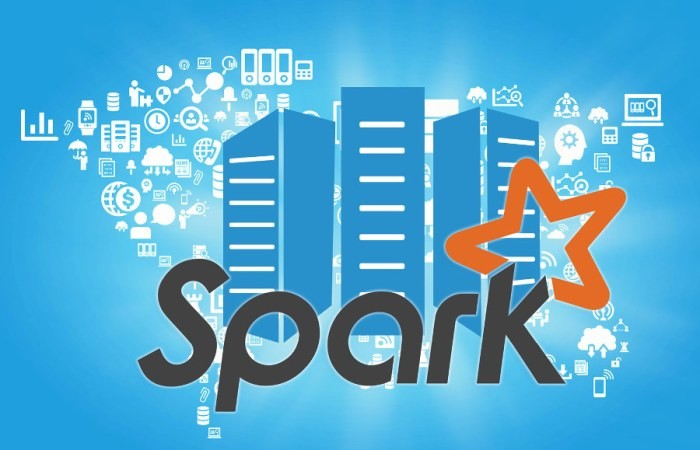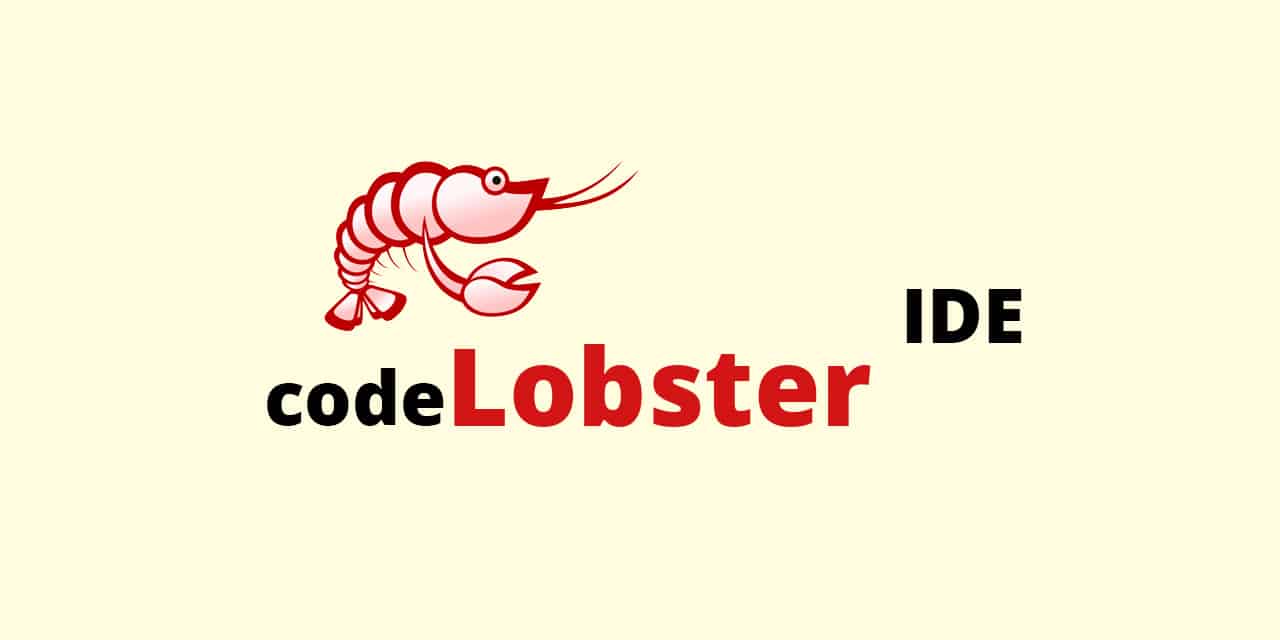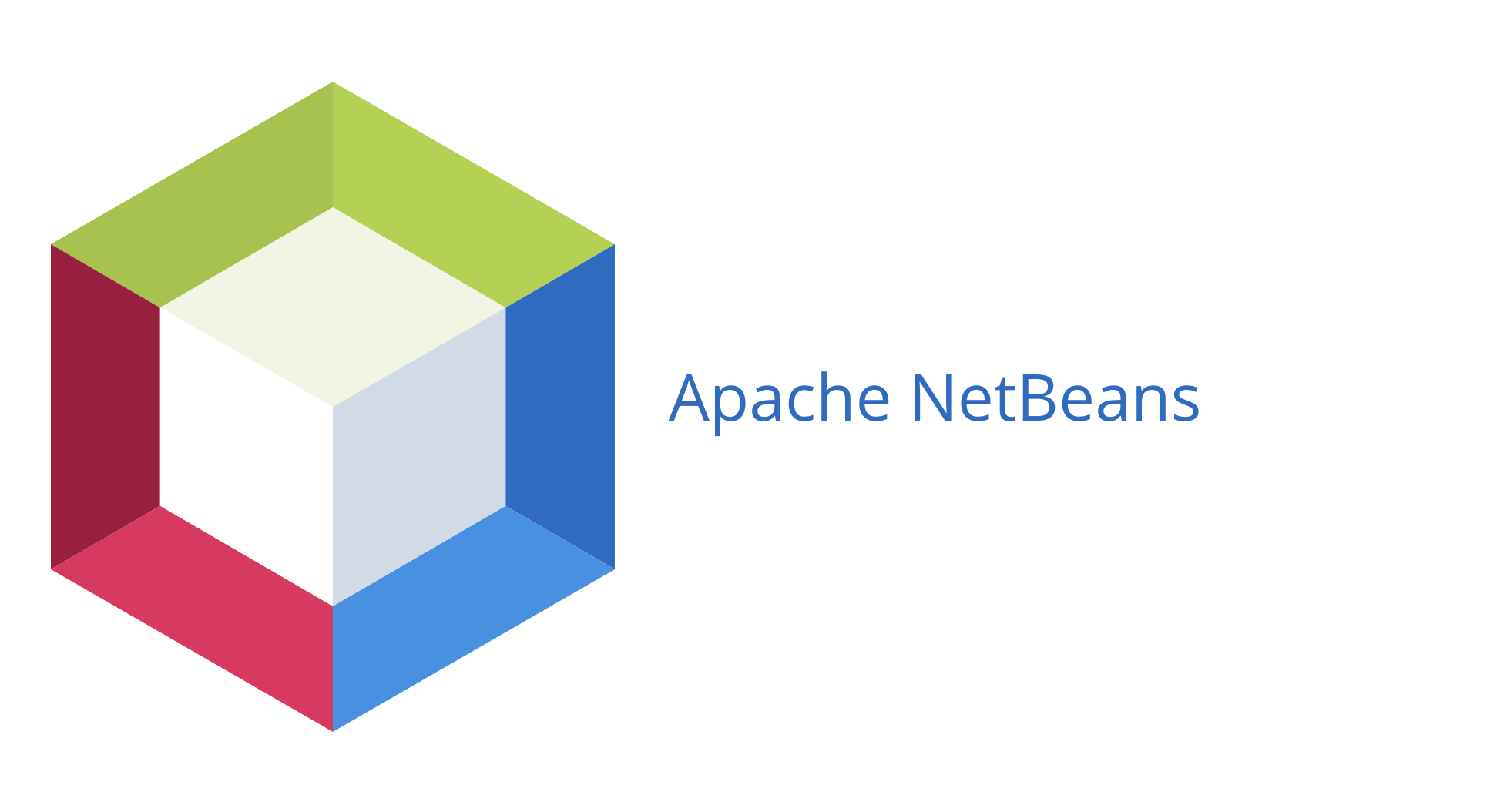Description
Introduction:
In today’s data-driven world, distributed data processing is a critical skill for handling massive datasets efficiently. This course is designed to introduce learners to the fundamentals of distributed data processing using Apache Spark, a powerful open-source framework for big data analytics, with Java as the primary programming language. Learners will explore Spark’s architecture, components, and core APIs, learning to build scalable and high-performance data processing applications.
Throughout this course, participants will gain hands-on experience in developing and deploying Spark applications for real-world scenarios, mastering key concepts such as RDDs, DataFrames, and SparkSQL. By the end of the course, learners will have the skills necessary to implement distributed computing solutions for big data challenges using Java and Apache Spark.
Prerequisites of Java and Apache Spark
- Basic understanding of Java programming (loops, functions, data structures)
- Familiarity with object-oriented programming concepts
- Basic knowledge of SQL (optional, but beneficial)
- Understanding of distributed systems (optional, but helpful)
Table of Contents:
1: Introduction to Big Data and Distributed Computing
1.1 Overview of Big Data challenges
1.2 Introduction to distributed data processing
1.3 The role of Apache Spark in distributed computing
2: Apache Spark Architecture and Ecosystem
2.1 Spark architecture: Master, Workers, and Cluster Manager
2.2 Core components of Apache Spark
2.3 Spark ecosystem: SparkSQL, Spark Streaming, MLlib, GraphX
3: Getting Started with Apache Spark and Java
3.1 Setting up the Spark environment
3.2 Writing and running your first Spark program using Java
3.3 Introduction to the Spark Shell (Scala and PySpark)
4: Understanding RDDs (Resilient Distributed Datasets)
4.1 What are RDDs?
4.2 RDD transformations and actions
4.3 Fault tolerance and lazy evaluations in RDDs
4.4 Practical examples of working with RDDs in Java
5: Working with DataFrames and Datasets
5.1 Introduction to DataFrames and Datasets
5.2 Differences between RDDs, DataFrames, and Datasets
5.3 Performing data operations using DataFrames
5.4 SQL-style queries with SparkSQL
6: Distributed Data Processing with Apache Spark
6.1 Distributed processing model in Spark
6.2 Transformations and actions in distributed systems
6.3 Working with large datasets using Apache Spark
7: SparkSQL: Querying Structured Data
7.1 Introduction to SparkSQL
7.2 Integrating SparkSQL with relational databases
7.3 Performing joins, aggregations, and queries using SparkSQL
8: Working with SparkMLlib for Machine Learning
8.1 Introduction to SparkMLlib
8.2 Implementing basic machine learning algorithms using Spark
8.3 Building and evaluating models for large-scale data
9: Spark Streaming for Real-Time Data Processing
9.1 Overview of Spark Streaming
9.2 Processing streaming data from sources such as Kafka(Ref: Apache Storm with Kafka & Messaging Systems)
9.3 Windowing operations and fault tolerance in streaming
10: Performance Tuning and Optimization in Spark
10.1 Memory management in Spark
10.2 Tuning Spark applications for performance
10.3 Best practices for writing efficient Spark jobs
11: Deploying and Managing Spark Applications
11.1 Running Spark applications on a cluster
11.2 Using Apache Hadoop YARN as a cluster manager
11.3 Monitoring and debugging Spark jobs
12: Case Studies and Hands-On Projects
12.1 Real-world examples of Spark applications in various industries
12.2 Hands-on project: Building a distributed data processing pipeline using Apache Spark and Java
Conclusion







Reviews
There are no reviews yet.